Exactly what existed before the birth of our own Universe remains a mystery, but that is not stopping some physicists from trying to figure it out.
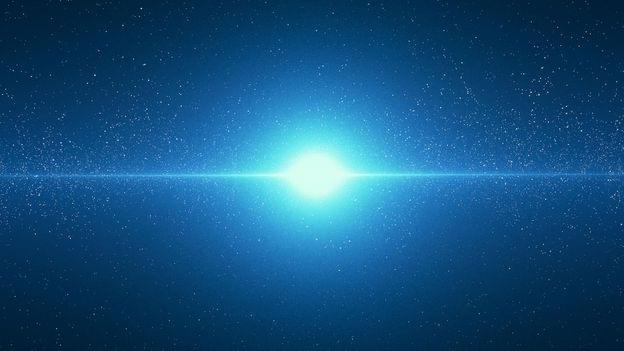


The Webb Telescope gave humanity a great Christmas present on last 25th December, when it successfully completed its launch and the first steps of the mission. It was an epoch-making event that marked the beginning of a new era in the observation of our Universe. With all eyes on it, this cutting-edge technology — whose value is approximately $10 billion — was launched aboard a European Ariane 5 rocket from Kourou Spaceport in French Guiana and it is currently undergoing the Deployment Process. Among the eyes that watched the event with particular expectations and excitement, were also those of the EuroMoonMars community, an ILEWG initiative that brings together researchers, experts and students with a strong passion for Space. It was with this spirit and enthusiasm that EuroMoonMars decided to organise a virtual event in preparation for the launch. The initiative took place on 24th December at 1pm CET and it was organised in collaboration with Space Renaissance International, a global non-profit organisation dedicated to bringing humanity closer to interdisciplinary space-related topics. The event — which was broadcast live on Space Renaissance International official youtube channel — was a fruitful moment of explanation, debate and questioning on different aspects of the Webb Telescope. The initial idea behind the organisation of the virtual session was to meet in the presence of some guests and experts to follow the launch in real time. The launch had in fact been scheduled by the Space Agencies for 24th December. After the announcement of its postponement, the programme of the event was revisited. The guests’ contributions covered different topics and highlighted the complexity of this innovative instrument.
The session opened with an introductory presentation given by Adriano V. Autino, founder and Vice-President of Space Renaissance International. Next, Prof Bernard Foing, Chair of EuroMoonMars and President of Space Renaissance International, held an overview lecture on the Webb Telescope, during which he showed the instrument and key aspects of the mission for its deployment. Afterwards, two guests gave their own contributions with a focus on different areas. Anouk Ehreiser, MSc in Physics at the University of Heidelberg, discussed the deployment steps of the telescope after launch with a video presentation which previewed the sequence of operations. Leander Schlarmann, MSc in Astronomy at the University of Vienna, gave a talk entitled “Characterizing Exoplanet Atmospheres with JWST”, where he focused on the novelties in astronomical observation that the Webb Telescope will make possible.
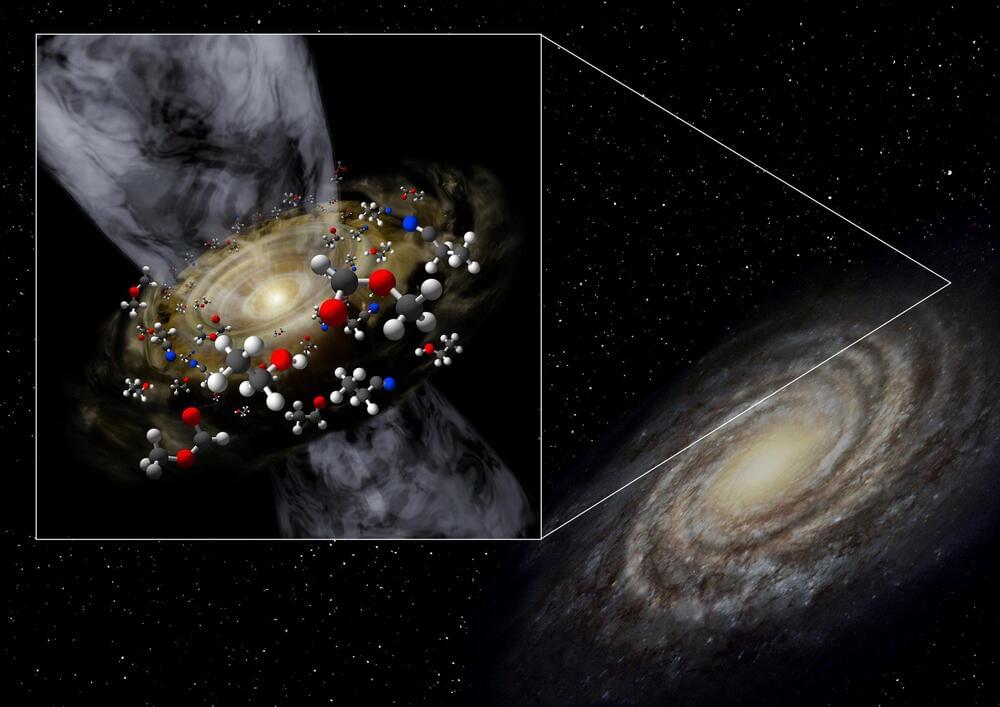
For the first time, astronomers have detected a newborn star and the surrounding cocoon of complex organic molecules at the edge of our Galaxy, which is known as the extreme outer Galaxy. The discovery, which revealed the hidden chemical complexity of our Universe, appears in a paper in The Astrophysical Journal.
The scientists from Niigata University (Japan), Academia Sinica Institute of Astronomy and Astrophysics (Taiwan), and the National Astronomical Observatory of Japan, used the Atacama Large Millimeter/submillimeter Array (ALMA
The Atacama Large Millimeter/submillimeter Array (ALMA) is the largest ground-based facility for observations in the millimeter/submillimeter regime in the world. ALMA comprises of 66 high-precision dish antennas of measuring either 12 meters across or 7 meters across and is an international partnership between Europe, the United States, Japan and the Republic of Chile.
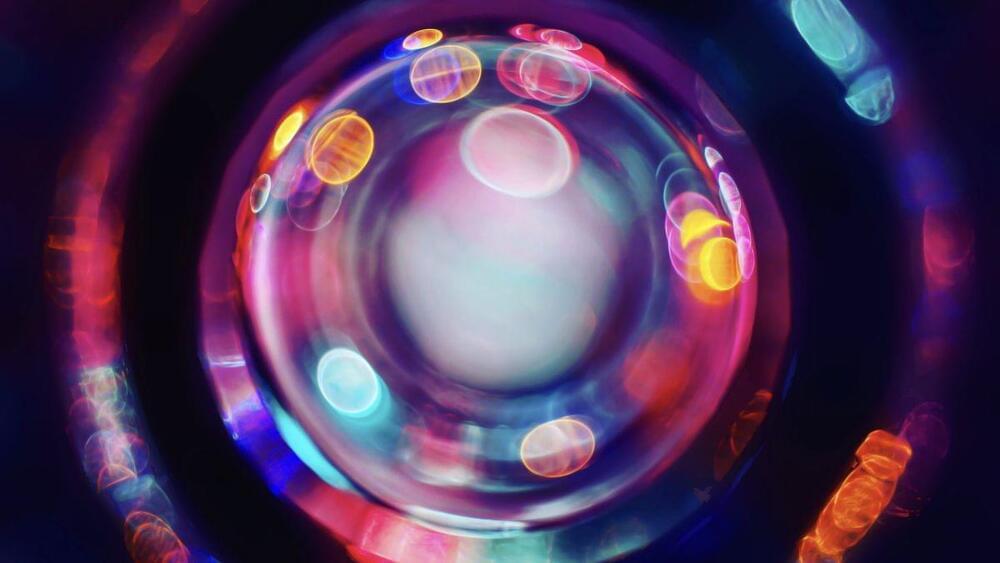
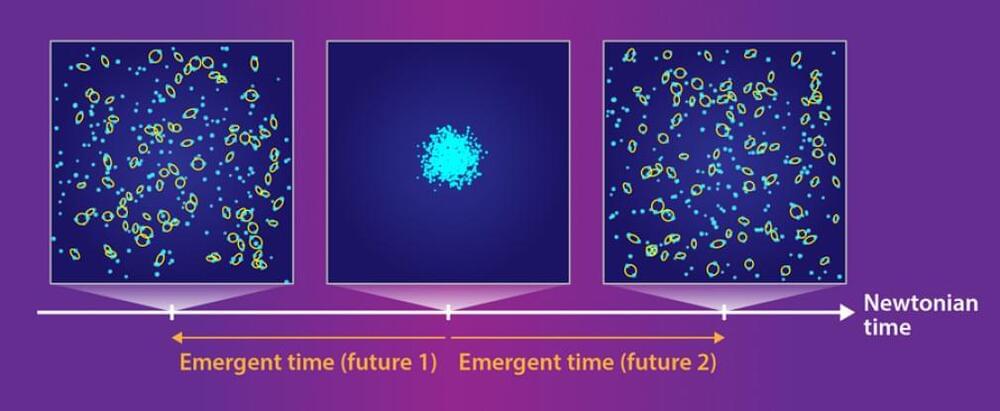
Learn More.
Hashem Al-Ghaili posted an episode of Today I Read.
Two parallel universes were produced by the big bang.
Physicists have performed an experiment that suggests time in our Universe may be directed by gravity, not thermodynamics, and that the Big Bang could have created two parallel universes — our own, in which time runs forwards, and a mirror one where time runs backwards.
Although the idea sounds pretty out there, the new hypothesis could help physicists solve some of their biggest issues with time — mainly the fact that they still can’t work out why it runs in only one direction.
In fact, this single “arrow of time” is one of the biggest conceptual problems of modern physics and has puzzled physicists for more than a century.
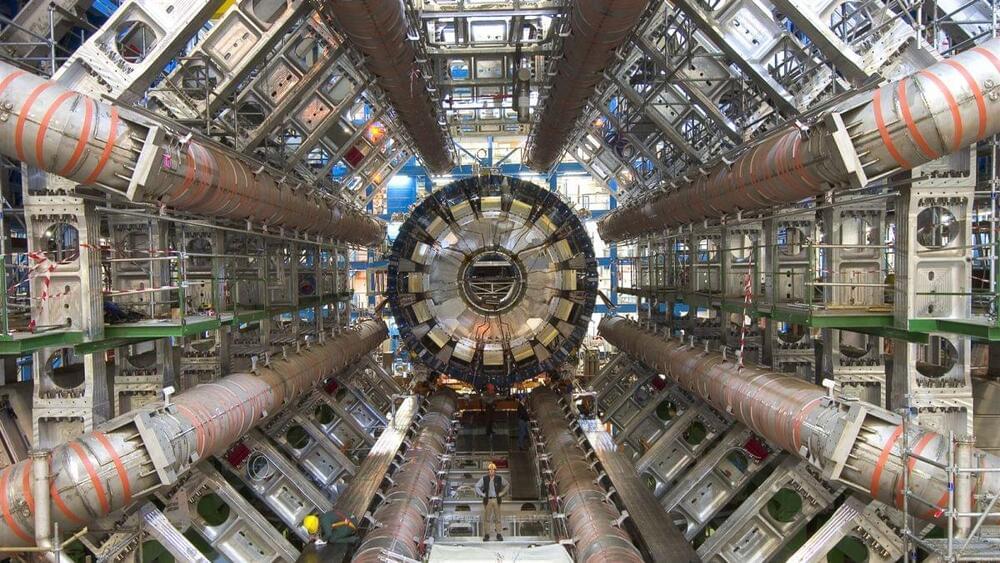
If you ask a physicist like me to explain how the world works, my lazy answer might be: “It follows the Standard Model.”
The Standard Model explains the fundamental physics of how the universe works. It has endured over 50 trips around the sun despite experimental physicists constantly probing for cracks in the model’s foundations.
With few exceptions, it has stood up to this scrutiny, passing experimental test after experimental test with flying colors. But this wildly successful model has conceptual gaps that suggest there is a bit more to be learned about how the universe works.
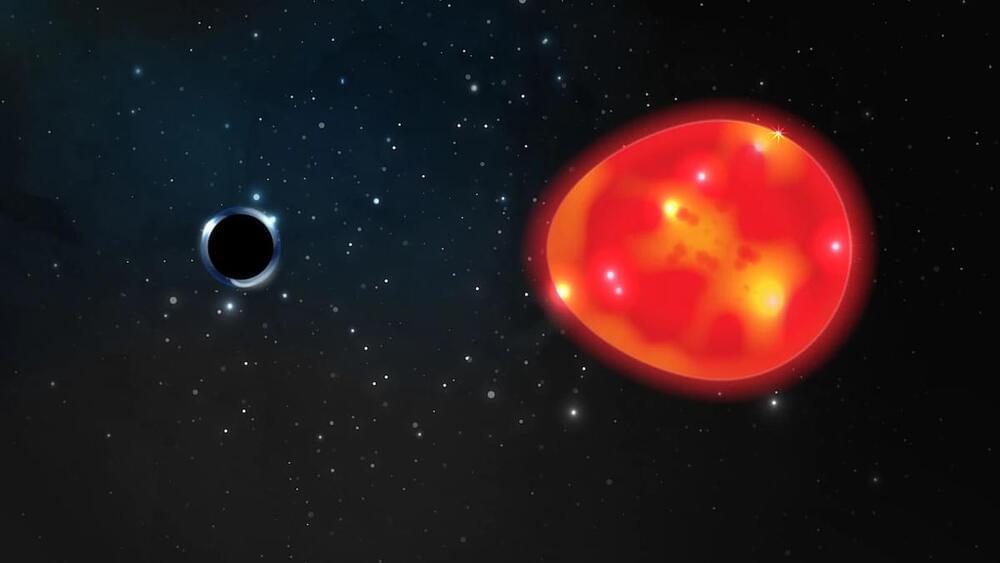
James Webb Tracker! #NASA #WEBB
#JWST #NASA #JamesWebbLaunch.
LIMITED EDITION Launch Commemorative Shirt — www.etsy.com/shop/TheLaunchPadShop.
James Webb Space Telescope launched on Saturday, Dec 25 at 12:20 UTC from Guiana Space Centre. Webb Telescope liftoff aboard Ariane 5 rocket.
James Webb Space Telescope (JWST) is a space telescope being jointly developed by NASA, the European Space Agency, and the Canadian Space Agency. It is planned to succeed the Hubble Space Telescope as NASA’s Flagship astrophysics mission.
With revolutionary technology, Webb will observe a part of space and time never seen before, providing a wealth of amazing views into an era when the very first stars and galaxies formed–over 13.5 billion years ago.
Webb is NASA’s largest and most powerful space science telescope ever constructed. Webb’s enormous size and frigid operating temperature present extraordinary engineering challenges.
After launching from French Guiana, the observatory will travel to an orbit about one million miles away from Earth and undergo six months of commissioning in space—unfolding its mirrors, sunshield, and other smaller systems, cooling down, aligning, and calibrating.
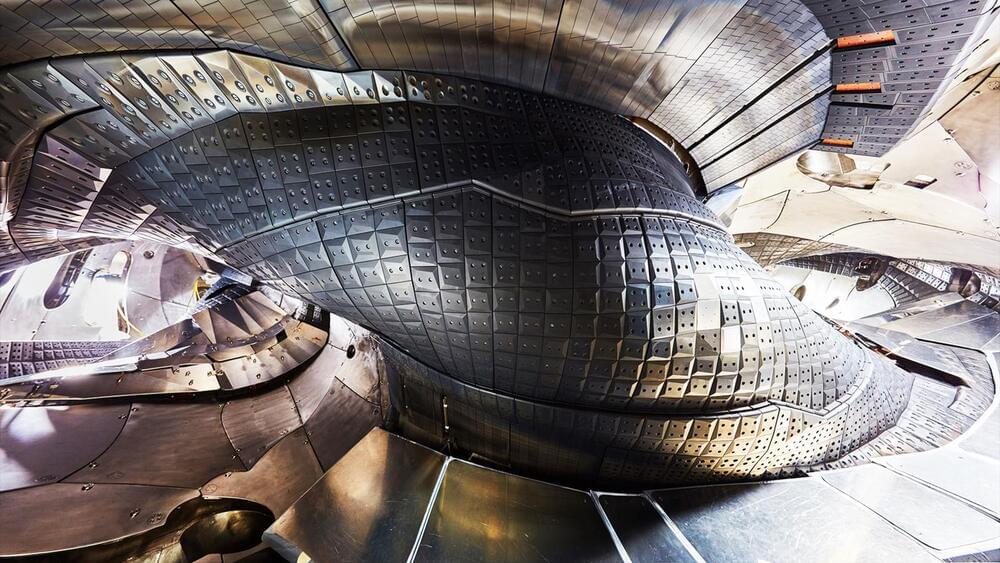
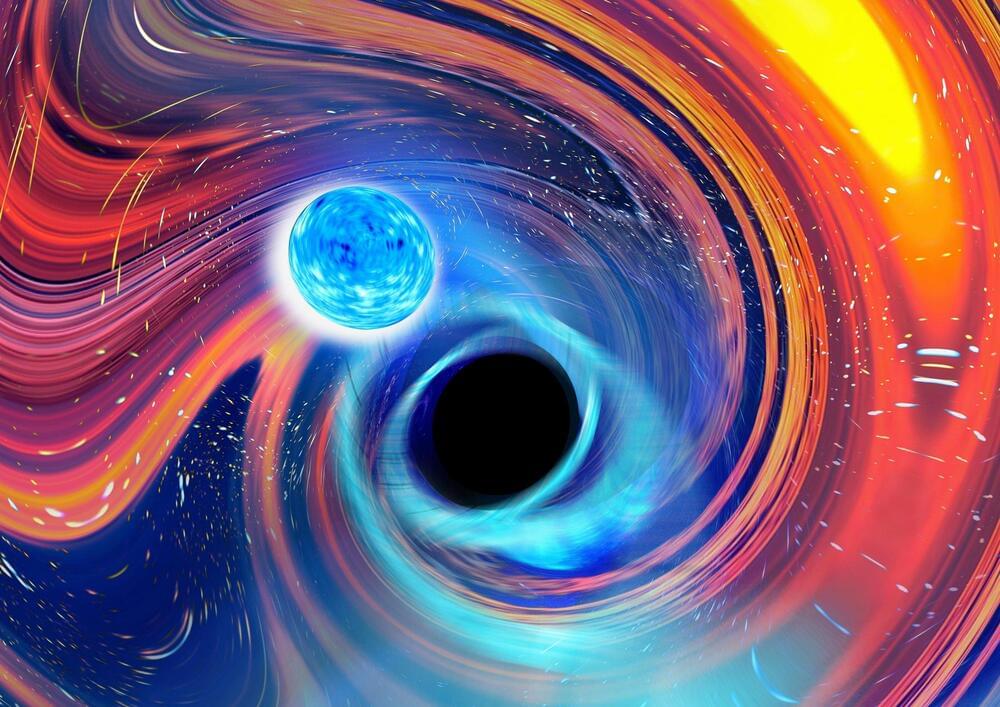
The largest catalog of gravitational wave events ever assembled has been released by an international collaboration that includes Penn State researchers. Gravitational waves are ripples in space time produced as aftershocks of huge astronomical events, such as the collision of two black holes. Using a global network of detectors, the research team identified 35 gravitational wave events, bringing the total number of observed events to 90 since detection efforts began in 2015.
The new gravitational wave events were observed between November 2019 and March 2020, using three international detectors: The two Advanced Laser Interferometer Gravitational-Wave Observatory (LIGO
The Laser Interferometer Gravitational-Wave Observatory (LIGO) is a large-scale physics experiment and observatory supported by the National Science Foundation and operated by Caltech and MIT. It’s designed to detect cosmic gravitational waves and to develop gravitational-wave observations as an astronomical tool. It’s multi-kilometer-scale gravitational wave detectors use laser interferometry to measure the minute ripples in space-time caused by passing gravitational waves. It consists of two widely separated interferometers within the United States—one in Hanford, Washington and the other in Livingston, Louisiana.